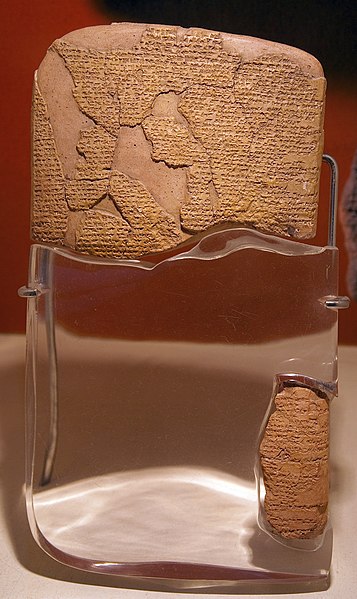The Peace of Westphalia is the collective name for two peace treaties signed in October 1648 in the Westphalian cities of Osnabrück and Münster. They ended the Thirty Years' War (1618–1648) and brought peace to the Holy Roman Empire, closing a calamitous period of European history that killed approximately eight million people. Holy Roman Emperor Ferdinand III, the kingdoms of France and Sweden, and their respective allies among the princes of the Holy Roman Empire, participated in the treaties.
The historic town hall of Münster where the treaty was signed
Dutch envoy Adriaan Pauw enters Münster around 1646 for the peace negotiations.
Sebastian Dadler undated medal (1648), Christina of Sweden, portrait with feathered helmet right. Obverse
The reverse of this medal: Christina of Sweden as Minerva holding an olive branch in her left arm and grasping the tree of knowledge with her right hand.
A peace treaty is an agreement between two or more hostile parties, usually countries or governments, which formally ends a state of war between the parties. It is different from an armistice, which is an agreement to stop hostilities; a surrender, in which an army agrees to give up arms; or a ceasefire or truce, in which the parties may agree to temporarily or permanently stop fighting.
The Treaty of Versailles, signed at the conclusion of World War I
The "Peace Memorial" about the Treaty of Nöteborg at the Orekhovy Island
Tablet of one of the earliest recorded treaties in history, Treaty of Kadesh, at the Istanbul Archaeology Museum
Peace-treaty of Zadar (1358), which ended the war between the Croato-Hungarian Kingdom and the Republic of Venice, forcing the latter to withdraw from Croatian coast








